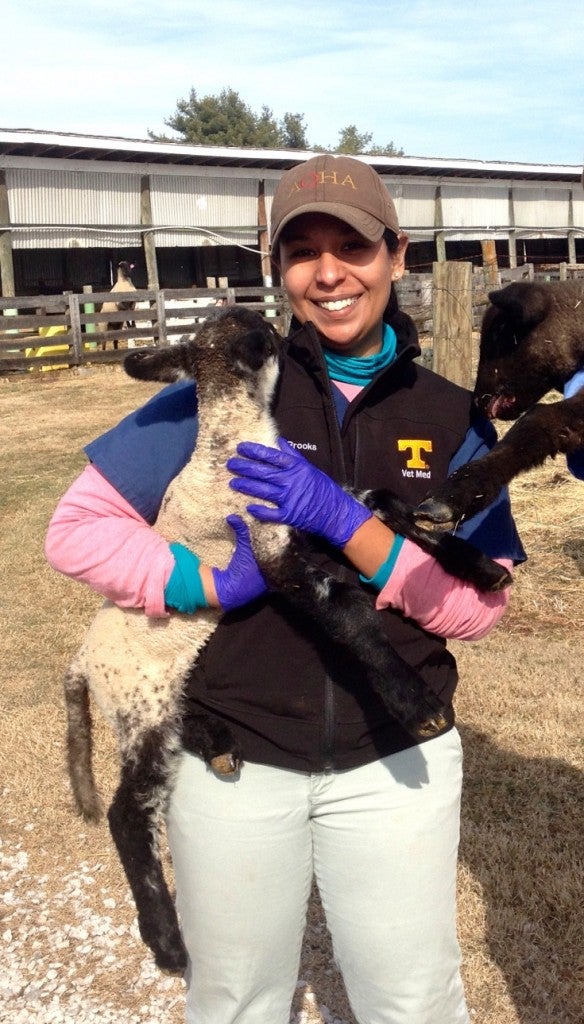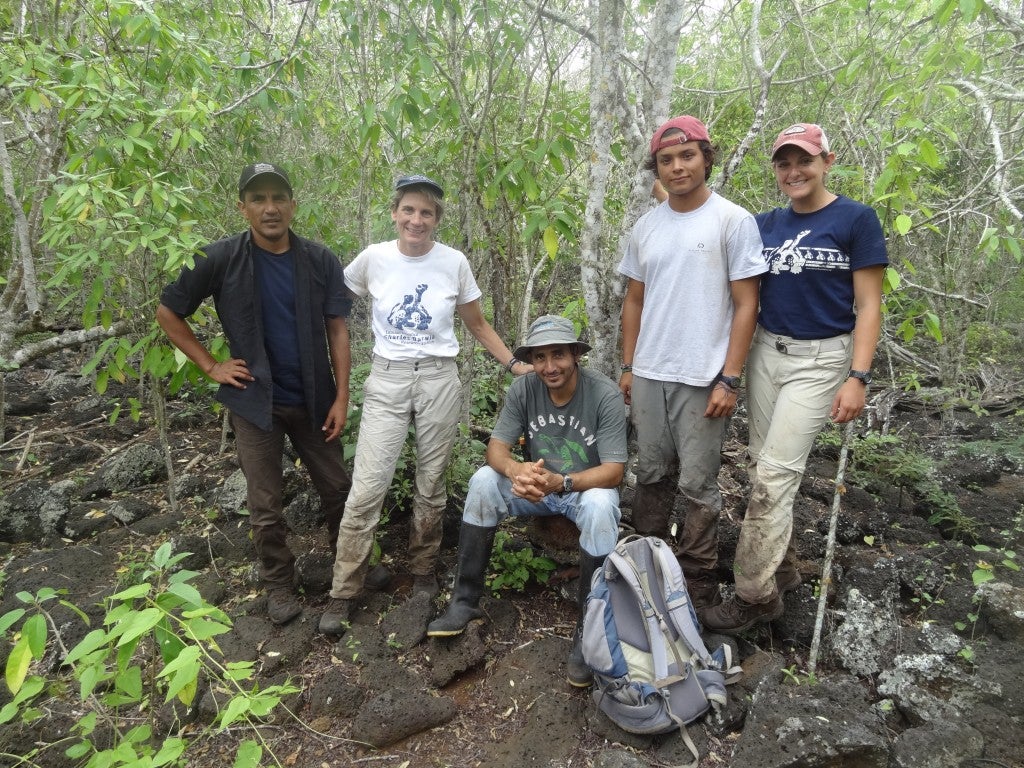 Former VSTP Pfizer Fellow Roxann Brooks Motroni on thinking outside-the-box for career options and appreciating California’s cattle ranchers
Former VSTP Pfizer Fellow Roxann Brooks Motroni on thinking outside-the-box for career options and appreciating California’s cattle ranchers
Roxann Brooks Motroni – a Veterinary Scientist Training Program (VSTP) Pfizer Fellow – holds a PhD in Comparative Pathology (2012) and a DVM (2013) from the UC Davis School of Veterinary Medicine. She was an important part of the team working on developing a vaccine to prevent foothill abortion in cattle under Professor Jeff Stott. She sat down with us by phone recently to share her experiences at the school during a pivotal time for the foothill abortion vaccine and what she is doing now as an AAAS Fellow for the Department of Homeland Security in Washington DC.
Tell me a little about your background. What got you interested in veterinary medicine?Like every other veterinary student, I wanted to be a vet since I was three and never thought of anything else. I’m originally from Virginia. At 16, the state of Virginia offered a ‘Governor’s School of Agriculture’ at Virginia Tech that gave me the opportunity to work in a research lab. Through participating in this program I realized I really liked research. It was my first time thinking outside-the-box about my career choices and I pursued every research experience I could. I ended up with a full scholarship to the University of Maryland, Baltimore County where I studied biology. This was the time when West Nile Virus entered the U.S., and it got me thinking about infectious diseases and the wildlife-livestock interface. For example, how wildlife management protects livestock and how cattle can graze without effecting wildlife. Continue reading

